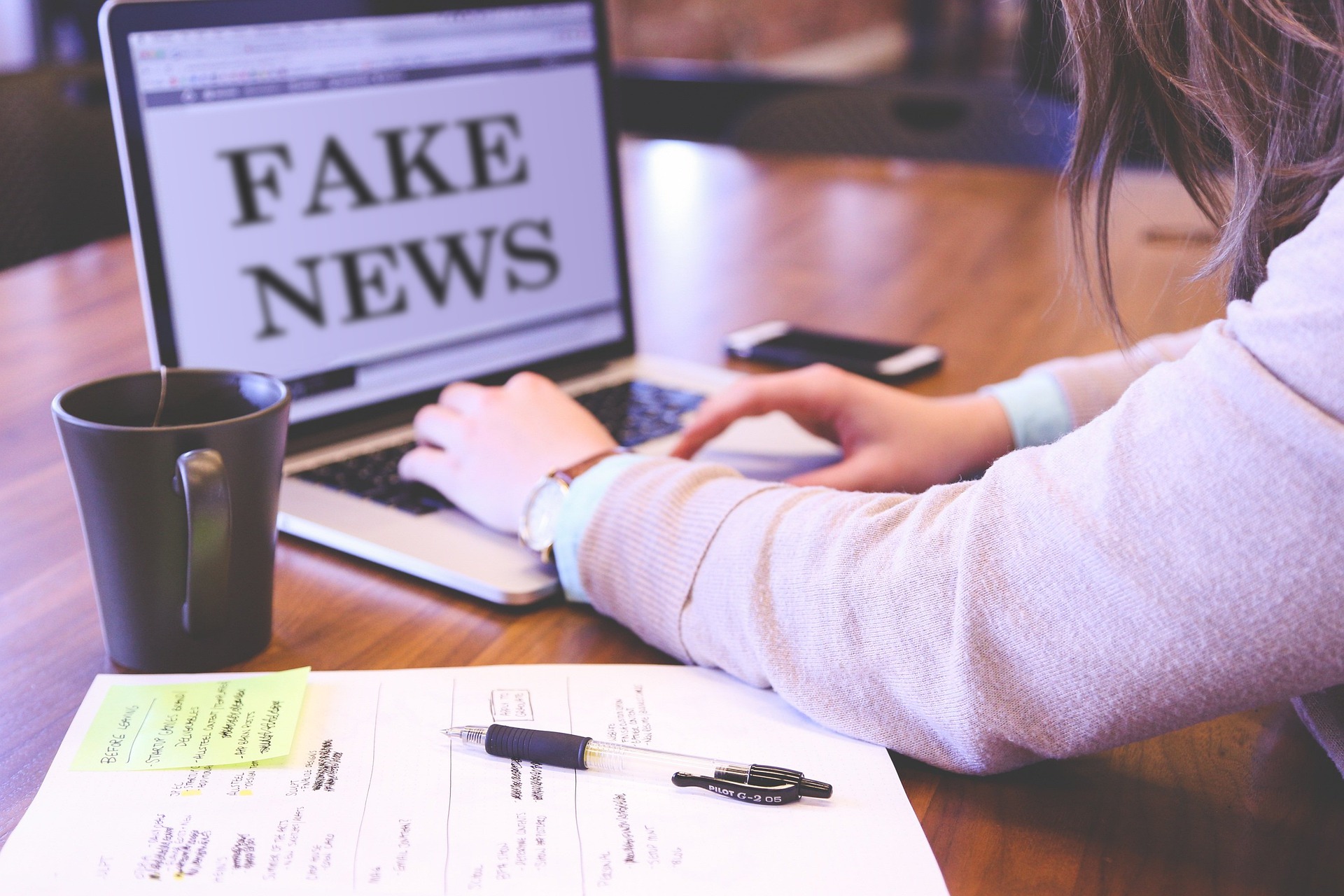It is interesting to observe how the term “fake news” was created and how worldwide it became. Although the expression was first used by Donald Trump to undervalue unfavorable news about him, it turned into a much bigger problem that occurs in many different countries. And they all nominate it as fake news as well.
 |
| Credit: Pixabay |
The first point I recognized as important about this subject is to wrongly call it “fake news”. As Claire Wardle from First Draft said here, we have to be clear when we use that term. “Are we talking about disinformation? Are we talking about misinformation? Are we talking about pollution? Are we talking about propaganda?”. Otherwise, if we don’t be direct about it, we are just going to endorse the battle against the news industry and contribute to the generalized skepticism towards it reaffirming that it sells false information.
Secondly, is the effect fake news has on making people believe in falsehoods, how it has changed their perception about truth, and their opinion of the importance of the news, of being well informed. The fact that part of the audience is dropping some outlets and consuming less information is a relevant risk to the media environment. Regardless of whether it is because they don’t like it or if that contradicts their bias, having a non-informed population is harmful to society overall.
Propaganda and advertising
Speaking of disinformation, a topic that also highlighted to me was the use of propaganda and advertising in the form of news articles on media outlets. They look exactly the same, with headlines, photos, and polished writing, but are created by, or on behalf of, a paying advertiser. As a blog and magazine reader, I have seen thousands of these ads and haven’t given much value to them because I knew they weren’t 100% truthful. However, many people do not have the same understanding I do.
Therefore, reading and thinking about it made me realize how this strategy called “native advertising”, but also tagged as “partner post” or “sponsored content”, can be prejudicial and deceive the public. Research studies have shown that those labels are ineffective at helping readers distinguish between an editorial and an advertising type of content.
As an example, I will quote Michelle A. Amazeen’s article (Researchers looked at nearly 3,000 native ads across five years. Here’s what they found) published on Nieman Lab.
“Philip Morris International, the tobacco company, ran a native advertising campaign across many media outlets, including The Boston Globe, The New York Times, Reuters, and The Washington Post (…) about the ‘disinformation campaigns that muddy the truth’ regarding the benefits of vaping products while themselves muddying the truth.”
Another concern is that this kind of text is made by journalists. Many media companies have now content studios just to create native advertising in the name of corporate clients. It is understandable that a company needs money to survive and that it comes mainly from ads. Nevertheless, they should be responsible for the kind of content they publish and aware that it also might influence real journalism.
Lastly, I want to rebound on Claire Wardle’s opinion about the challenge for the next two years. In 2017 she said it was “going to be a mixture of new technologies and how manipulation and disinformation work on those platforms and through those technologies.” By now, in 2022 – five years later, it seems like the challenge she mentioned is still pertinent and will last longer in the future.
References:
Graham, David A. 2019, Some Real News About Fake News, The Atlantic, accessed 13 February 2022, <https://www.theatlantic.com/ideas/archive/2019/06/fake-news-republicans-democrats/591211/>.
Wang, Shan 2017, The scale of misinformation online is global. First Draft is pushing for more collaboration — and more research — as an antidote, Nieman Lab, accessed 13 February 2022, <https://www.niemanlab.org/2017/11/the-scale-of-misinformation-online-is-global-first-draft-is-pushing-for-more-collaboration-and-more-research-as-an-antidote/>
Berman, Nina 2017, The Victims of Fake News, Columbia Journalism Review, accessed 13 February 2022, <https://www.cjr.org/special_report/fake-news-pizzagate-seth-rich-newtown-sandy-hook.php>.
*This article was submitted as a memo assignment for the course "Current Issues of Journalism" at the University of Illinois.
About Manu Ferreira
Hi, my name is Manu Ferreira. I am multimedia producer. I hold a bachelor's degree in Social Communication - Radio, TV, and Internet, and a Master's degree in Journalism. Here, I want to share my ideas and some of the work I've done in my career.











0 Comments:
Post a Comment